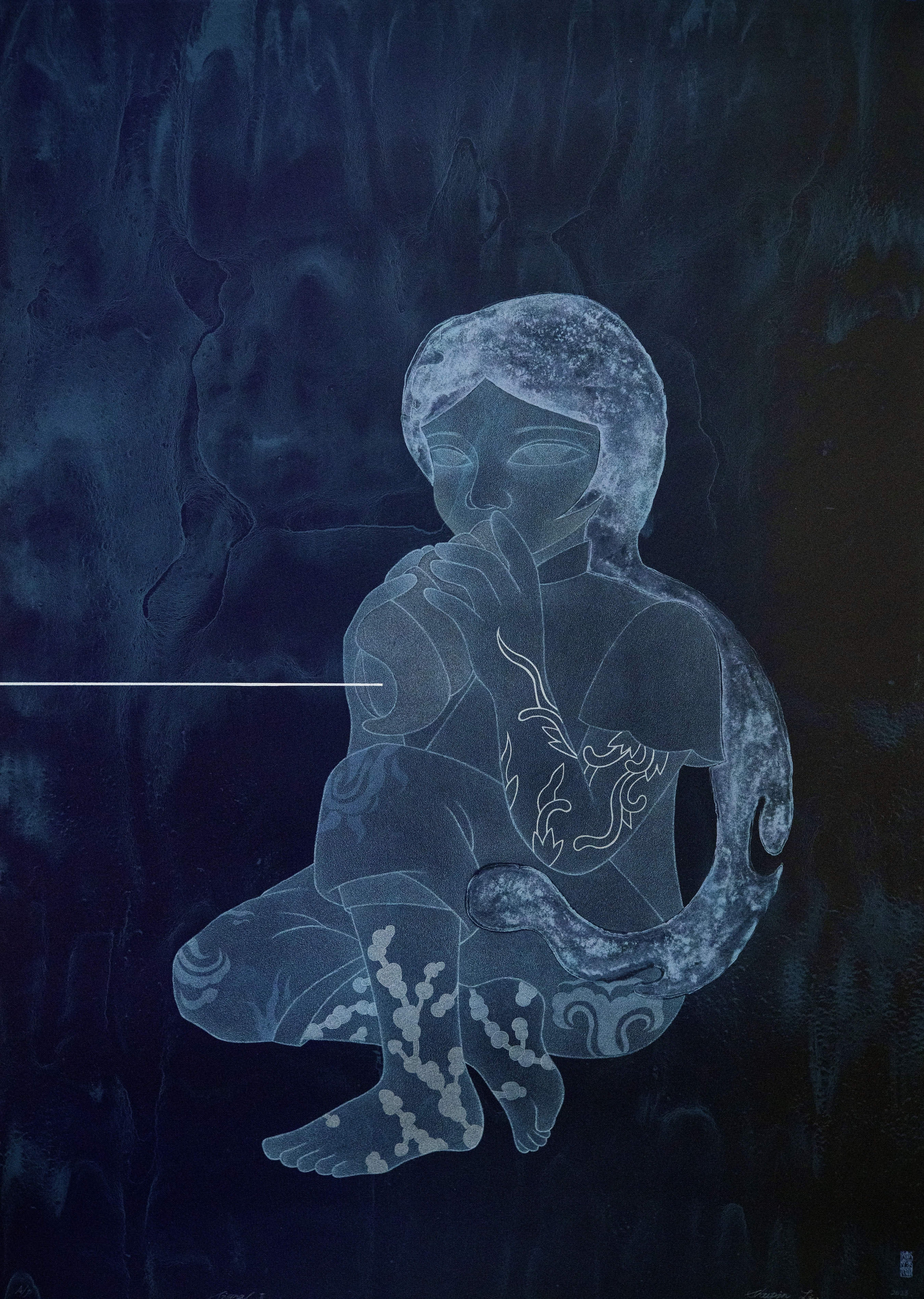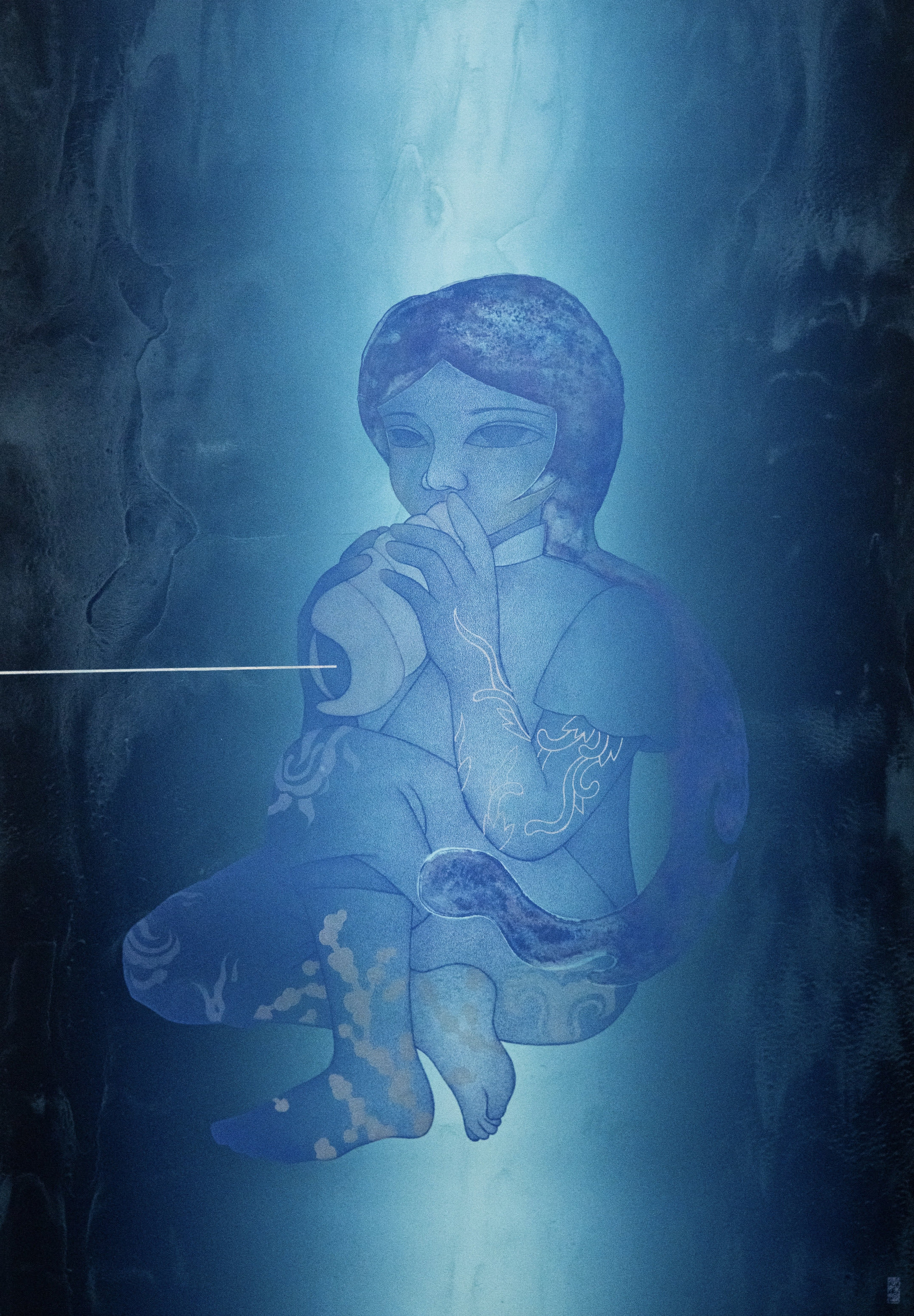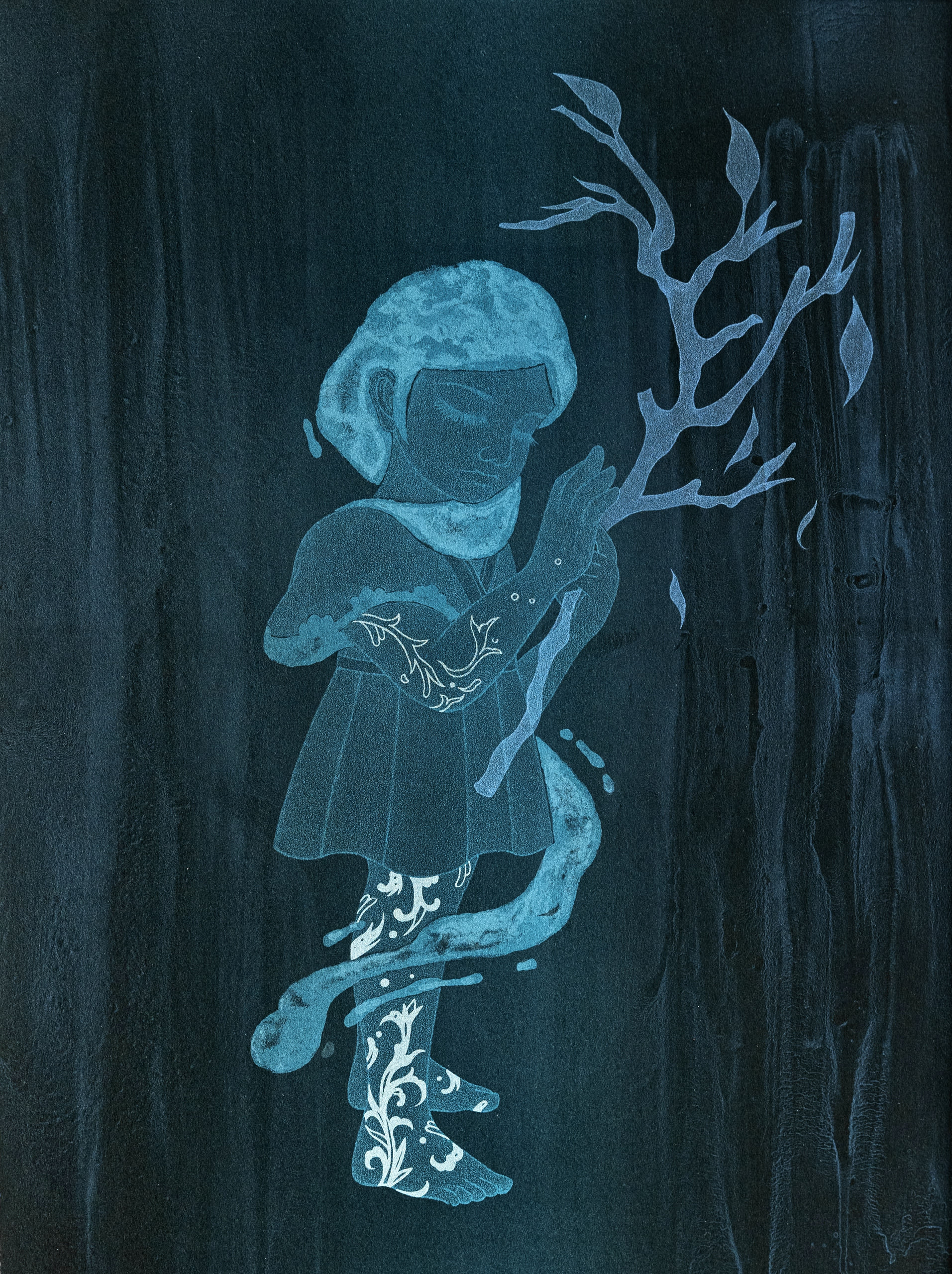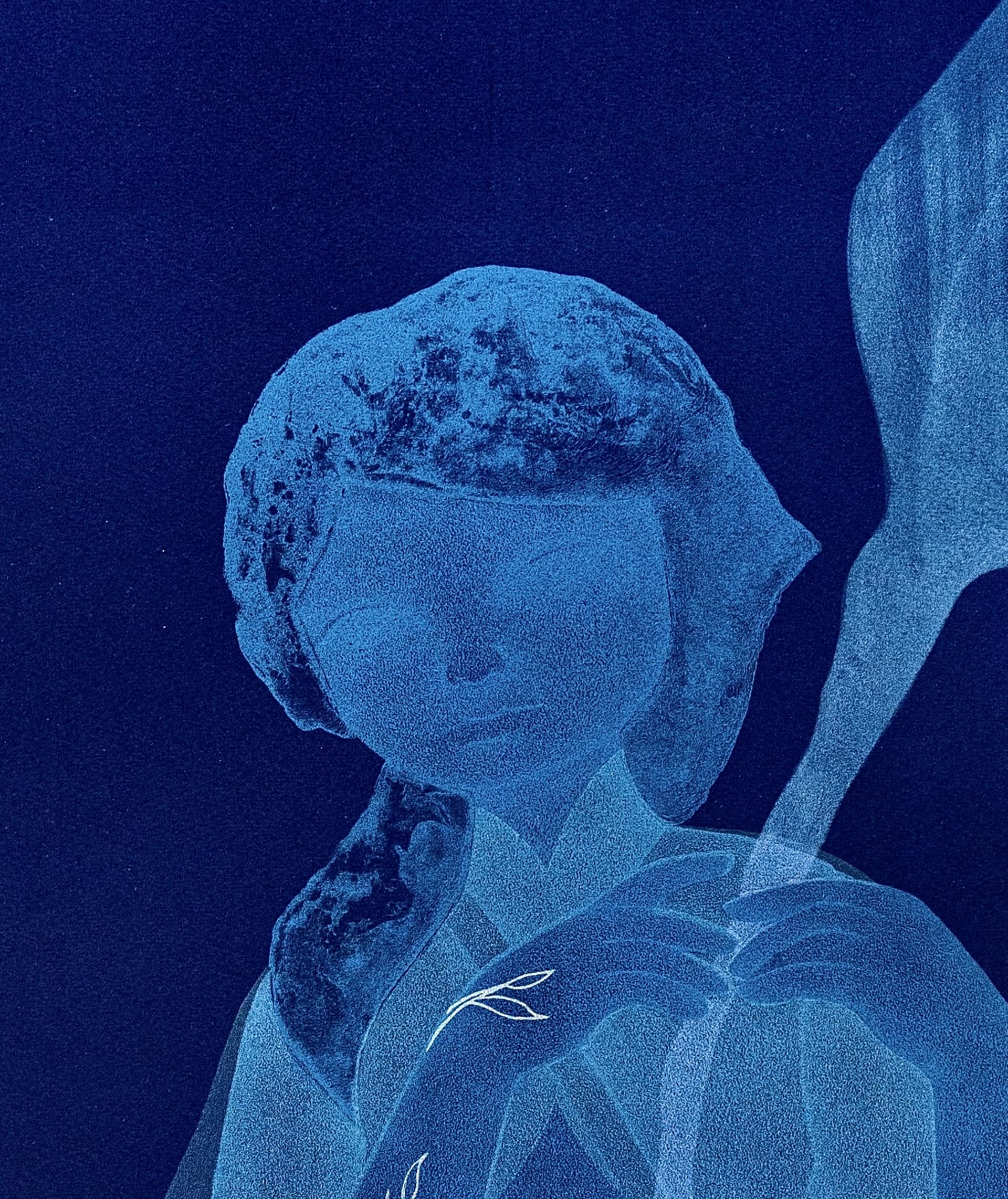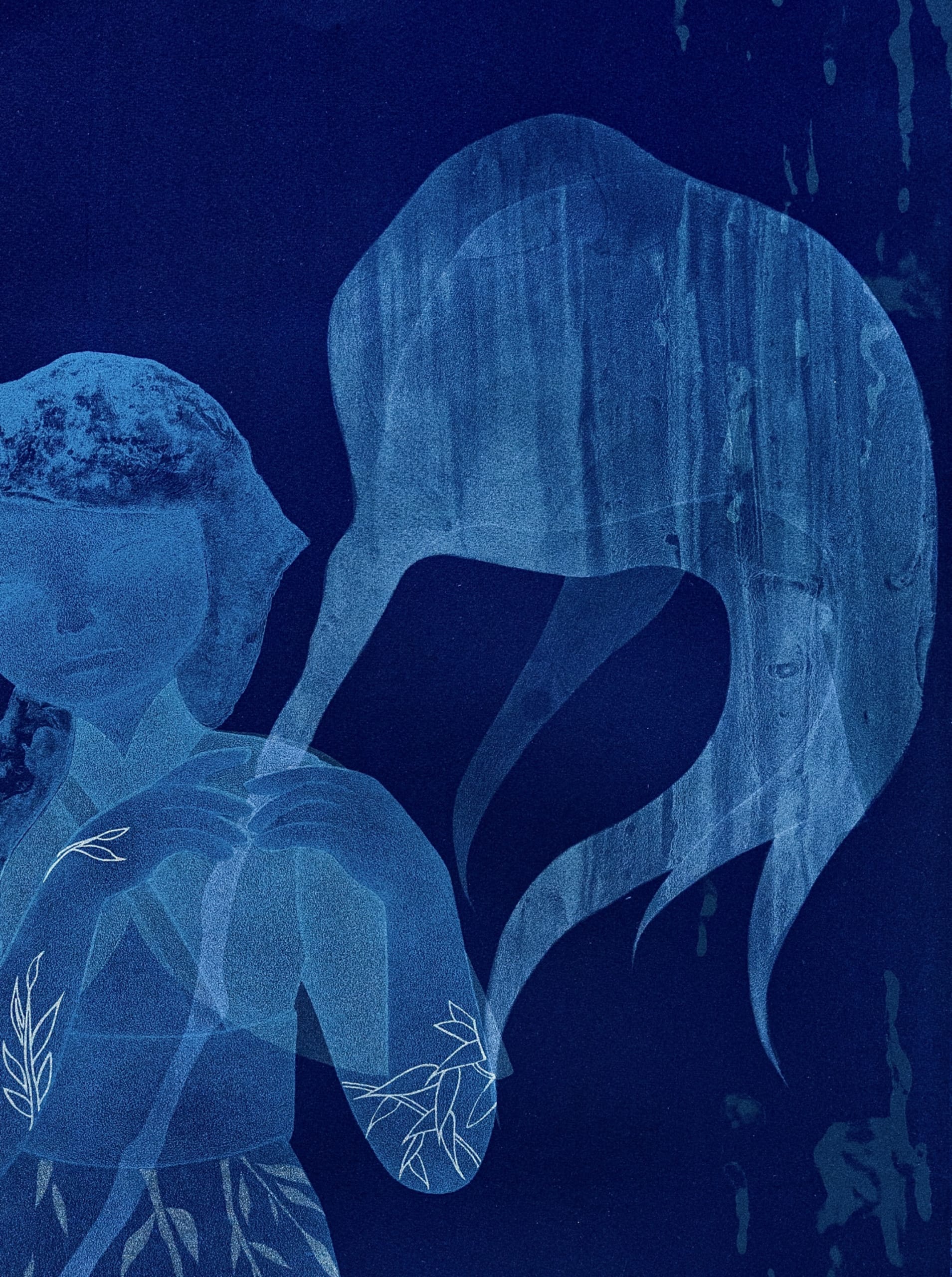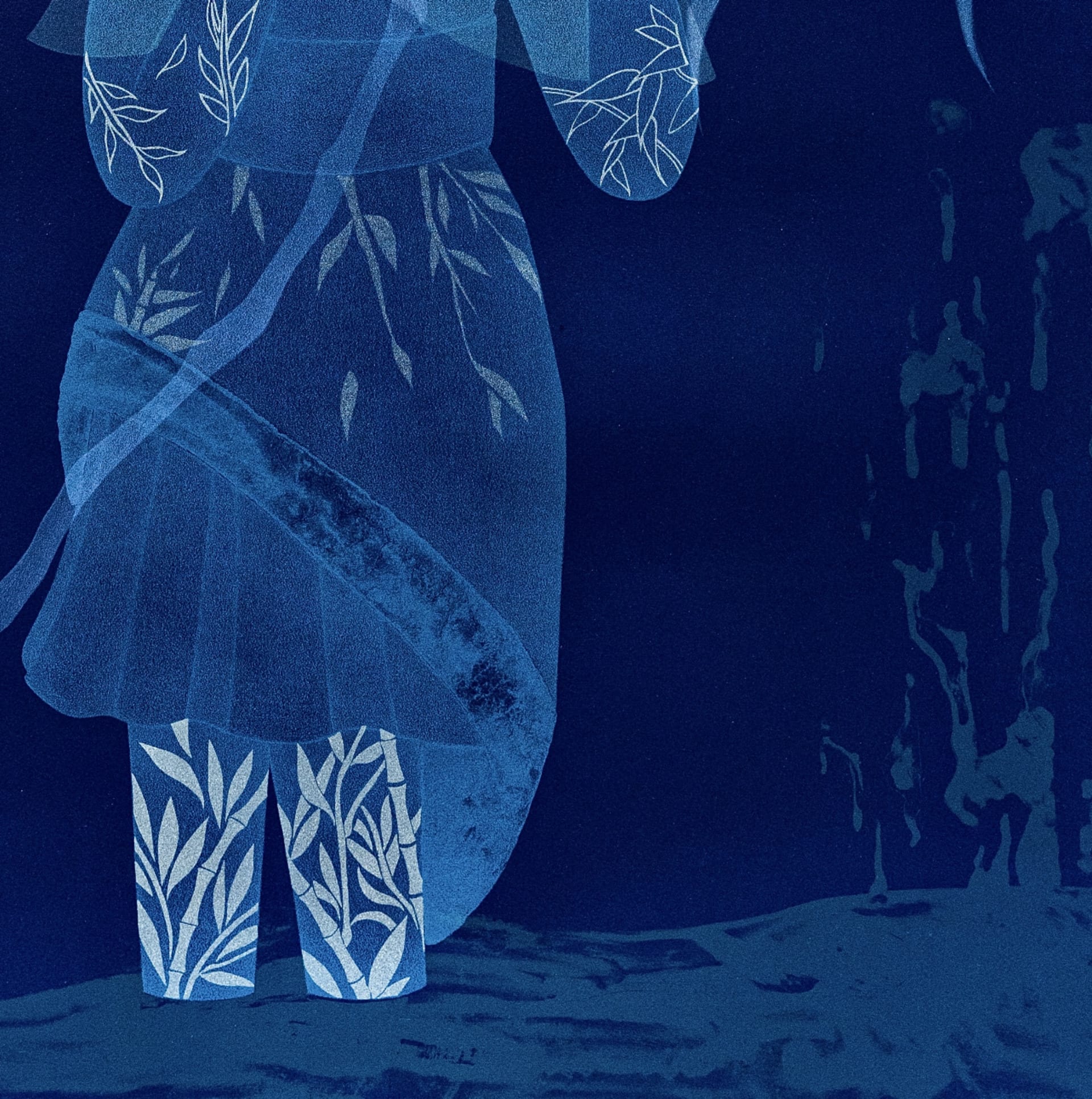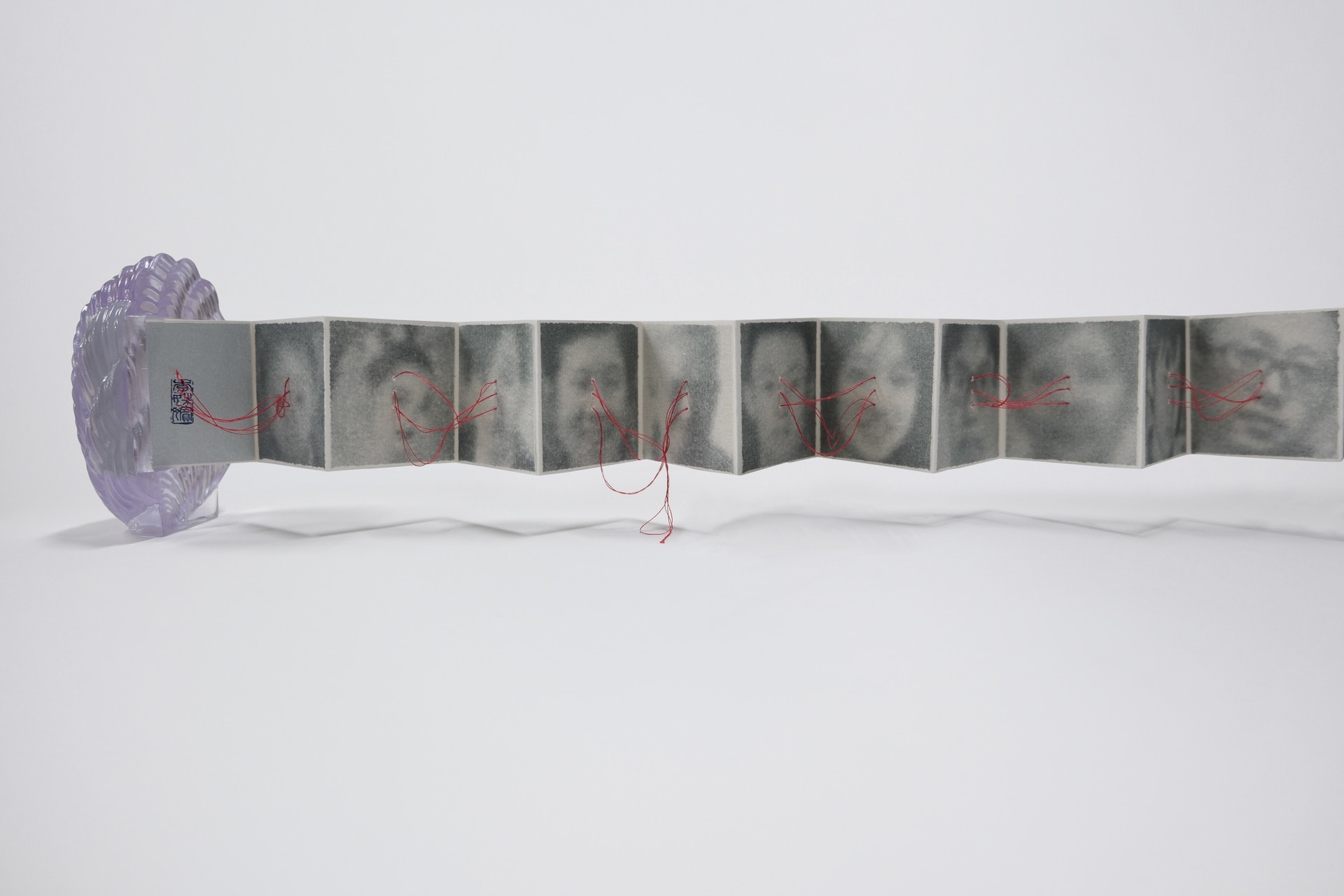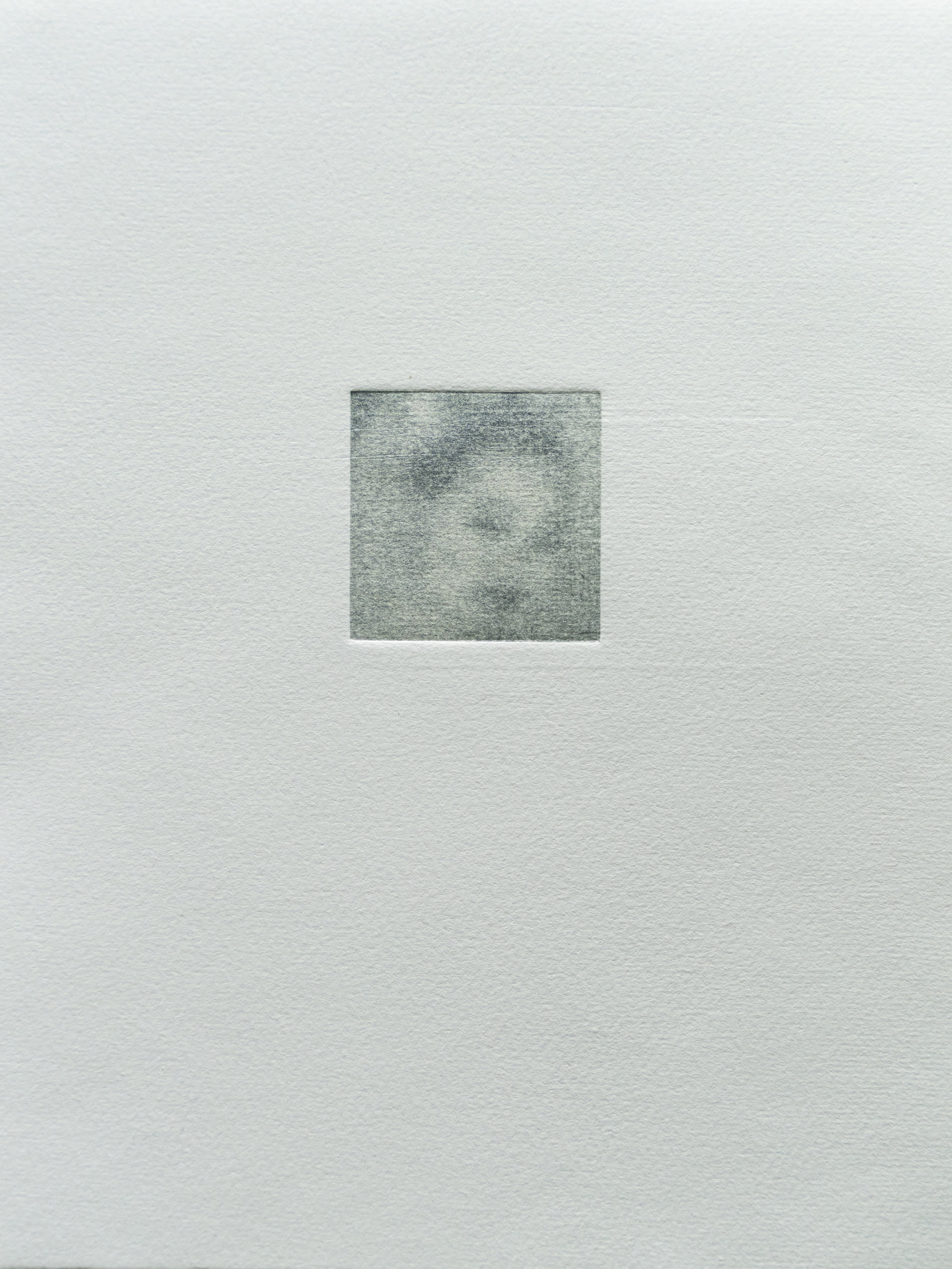Shupin Li (李姝嫔), was born in 1998 in Hunan Province, located in the southern part of China.
Education:
2016-2020,(BA)Print, Xi'An Academy of Fine Arts, China
2021-2023,(MA)Print, Royal College of Art, UK
Residencies:
ShiKe Studio, Xi'an, China, 2019, 2021
Norske Grafikeres Verksted (Print workshop), Oslo, Norway, 2022
Steindruck Werkstatt (Print workshop), Munich, Germany, 2024







